Tracking Weight Loss Progress
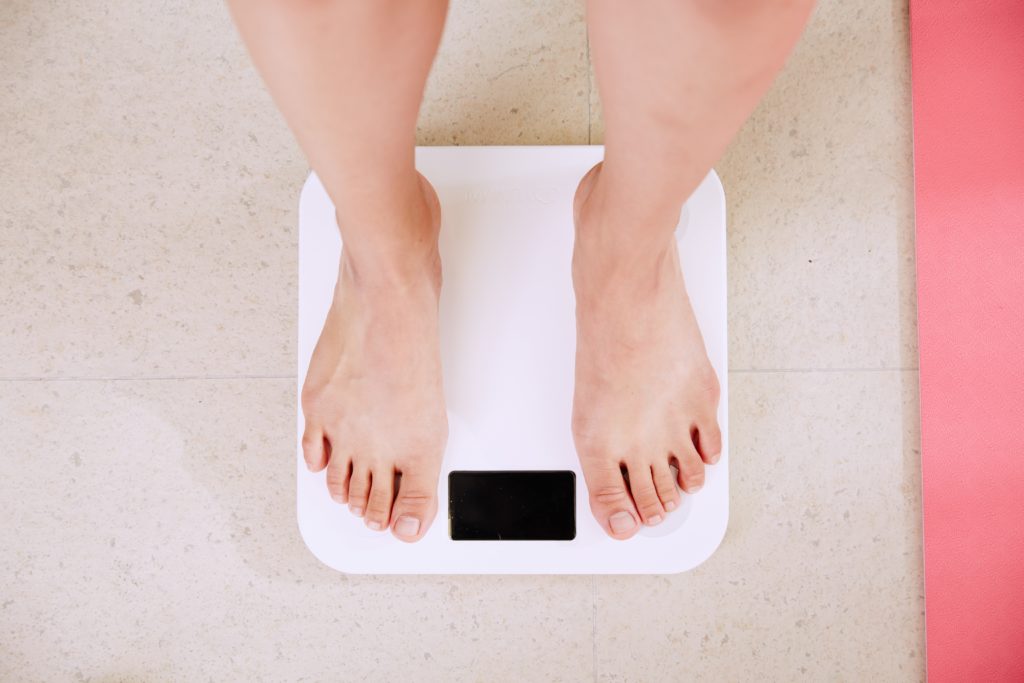
No matter who you are, your genetics, or your season of life, weight loss is a journey that can bring high highs, and low lows. It’s a process that is SO slow, and takes SO much longer than any of us may want, which is problematic because we all want to see progress immediately – myself included.
The good news? Change comes in MANY different forms.
That begs the question, how does one precisely track weight loss progress? There are a lot of methods, but none of them tell a full story, and therefore you can’t let any of them exclusively define your success. And that’s important to remember.
To set yourself up for success, you’ve got to root your expectations in reality. For starters? I’ll say again; weight loss takes MONTHS. Not days. Not weeks. Muscle growth takes YEARS. Not months. Not weeks. And it’s better that way. Results that happen quickly, usually don’t last. So if you’re putting off starting, don’t wait. The time is NOW because this is a lifelong thing.
Below are ways you can track your progress and how you should shape your mindset for your emotional wellbeing.
Before I go any further, it behooves me to repeat…
You don’t HAVE to diet!
I firmly believe there’s a right and wrong time to diet, and there’s the right time to maintain your current body and lifestyle. You don’t have to live your life in a caloric deficit, and in fact, you SHOULDN’T for years on end. You can’t be shredded and lean all year long if you have goals surrounding strength or aesthetics. If you’re not fluctuating, you’re not LIVING, bishes. And if you’re not fluctuating, you’re most likely not making any gains!
You don’t have to do anything you don’t want to do. And you don’t have to look a certain way. This post is for those looking for information on how to track their weight loss progress.
Tracking Weight Loss Progress WITH a Scale
Scales can be triggering, and I get it. But they genuinely don’t have to be because they display data. And that’s IT.
First, remove judgment and expectation from the number you see pop up on the panel.
If your goal is weight loss, and your method of choice for gauging your performance is the scale, then your way of measurement should be recorded or noted EVERY DAY.
THAT BEHAVIOR IS NOT OBSESSIVE. IT IS ACCURATE — all caps for emphasis.
If you’re only weighing yourself on Mondays, or once every two weeks, or every few days, you are ONLY getting the data for ONE moment in time. Your body weight will fluctuate daily, no, HOURLY for so many reasons, and therefore, if you are using a scale infrequently, or haphazardly you will not get an accurate representation of your progress.
Does that make sense?
So how should you use a scale? If you choose to use one, this is how to get the BEST representation of your progress.
- Weigh yourself every morning, naked, before you have anything to eat or drink, ideally, after you go to the bathroom
- Take the 7-day average of our data for your current or weekly weight
That is the most accurate depiction of your weight loss, and that data is recorded FREQUENTLY to get a GENERAL average.
To be successful, you have to reframe your mindset when it comes to the scale. That number is NOTHING but a reflection of behavior and bodily function. It should NOT be something to be depressed over, or find self-worth.
Furthermore, you’ve got to let go of a “goal weight” or number. I’m willing to bet, the body you want doesn’t match that number anyway. Most of us want to lose body fat and GAIN muscle, and guess what? Muscle is DENSE!
If you decide to track your progress via scale, the above is the best way to go about it from a scientific and accuracy standpoint. If stepping on a scale is emotionally triggering, exhausting, or straight up not for you, THAT’S FAHKIN OKAY!!!
Tracking Weight Loss Progress WITHOUT a Scale
Below are a few means of tracking weight loss progress that doesn’t involve the scale, and I love them all.
- Progress pictures*
- Progress videos
- Inches
- Your relationship with food (no guilt, fewer food thoughts, less or no binges, not viewing food as good or bad)
- Feeling stronger and progressing in the gym
- Feeling more confidence
- Less anxiety, or no anxiety at all-around fitness or food
These “metrics” don’t need a daily record; in fact, I’d monitor these weekly, bi-weekly, or monthly.
If progress pictures are your thing, consistency will be critical to give you the most accurate view of your work.
Taking Progress Pictures
- Wear a simple thong and sports bra, no patterns, consistent color
- Stand in a well-lit area on a clean, simple background
- Use a timer, tripod or have a friend take them, don’t take selfies
- Use three angles: front, back, and side like the below
- Take them from the same vantage point
- Wear the same or a similar “outfit”
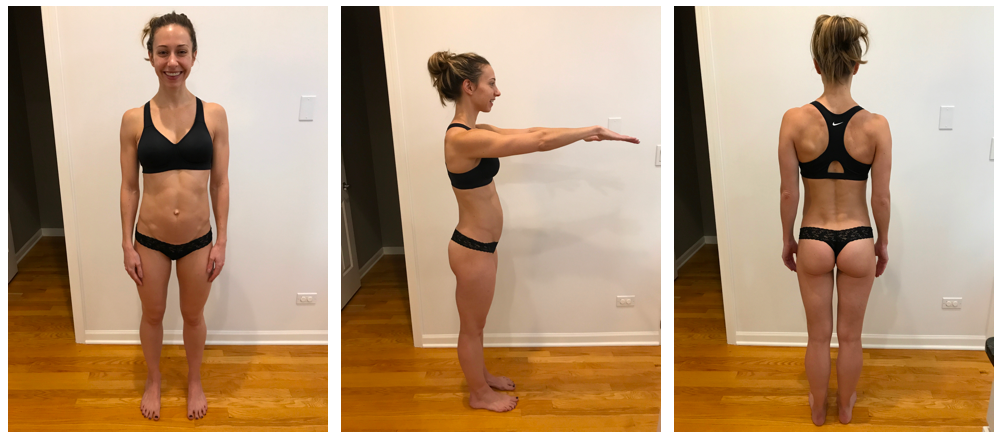
Honestly, I’m so good looking; I can’t even stand myself. My husband truly loved his life taking these pictures. I think it helped our marital bliss grow.
INTERPRETING DATA
Did I mention changing your body is a slow process and takes a lot of time? Longer than you want, and more time than you think it’ll take? It’s true. Changing your body takes a long time, and therefore when you interpret your data, you have to do so via a longterm lens.
Day to day hour to hour, week to week, your weight may fluctuate for several reasons that have nothing to do with weight or fat gain, which means your progress is NOT linear.
The scale will go up even if you didn’t gain fat for different reasons! The scale will go up if you:
- Increased your sodium intake
- Consumed a higher amount of carbs
- Ate at a different time
- Took your weight at a different time of day
- Need to go to the bathroom
- Are sore from a previous workout
- Didn’t sleep
- Have a lot of stress
Here are some really informative and formal visuals I posted on my Instagram a while ago. And before you even ask, no. I’m not available to design your wedding invitations. I’m so fahking busy.
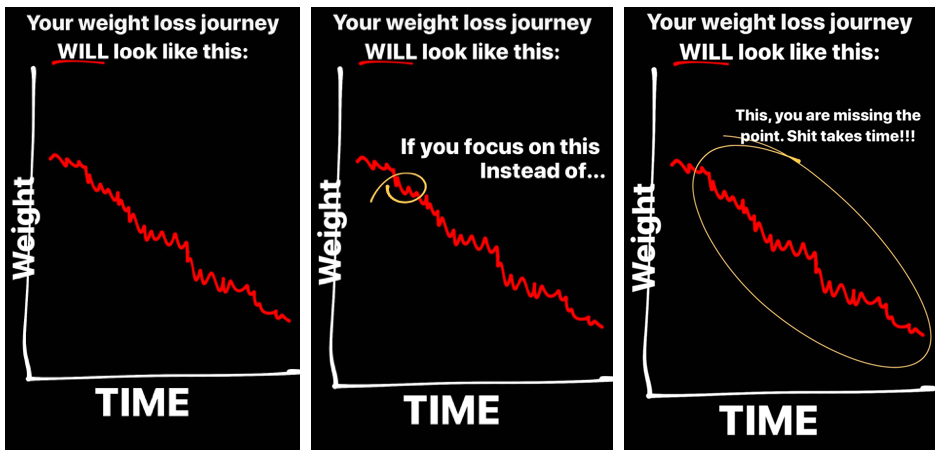
You are missing the point if you obsess over every ebb and flow! This data should be captured regularly, but analyzed via a longterm lens! It takes time to collect meaningful data, and it takes time to change your body. So set your plan and then focus on the work. If you’re doing it correctly and adhering correctly, I guarantee you the process WILL work.
Furthermore, it’s easy to dismiss any gains because you want to be further along than you are. When I first compared these two pictures, I was kind of disappointed. Then I got my shit together and realized how incredible this side-by-side is.
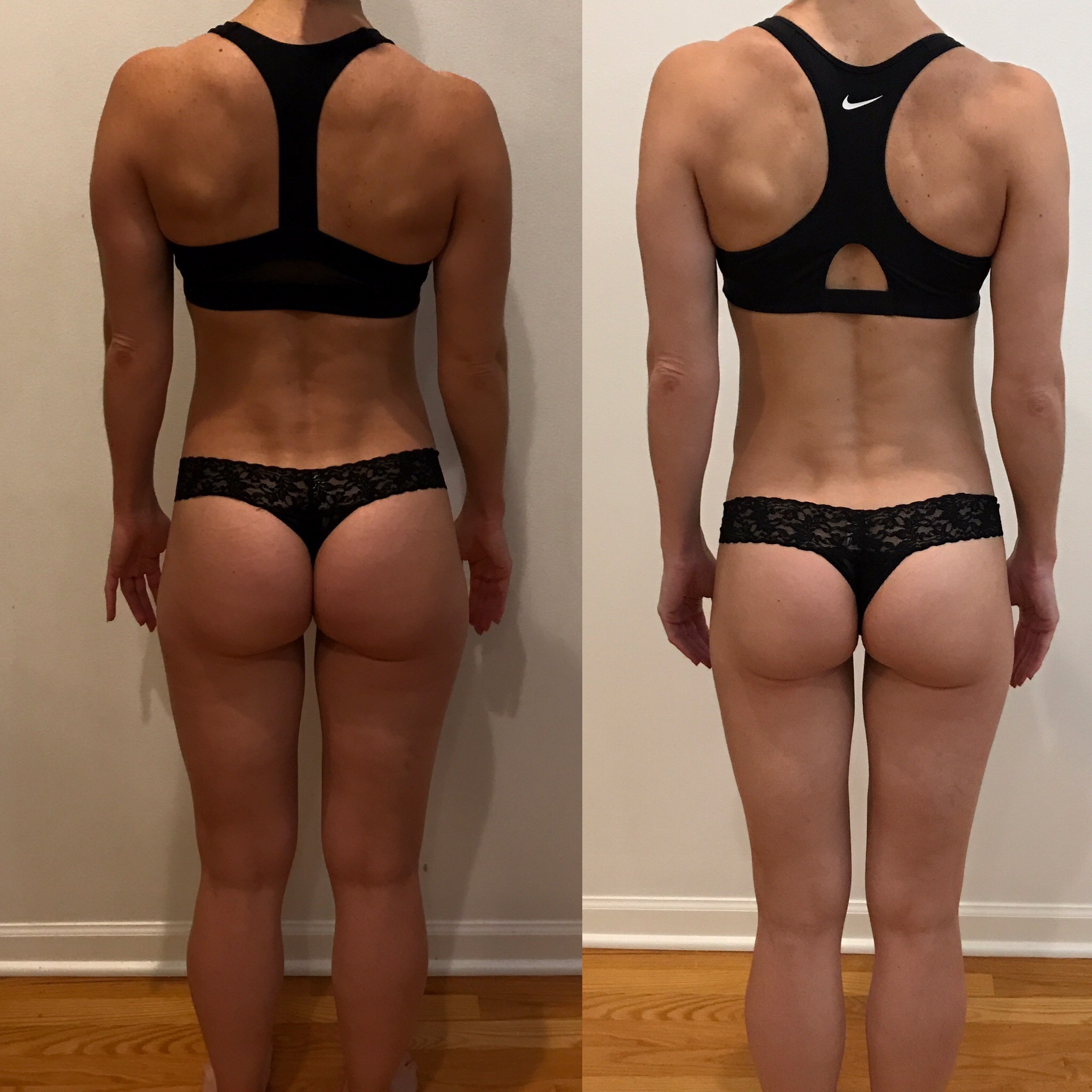
The left is AFTER my bulk, and the right was BEFORE. The goal was to put on weight and gain muscle. You can see the left picture show fuller, higher, and more shapely glutes. IN JUST FOUR MONTHS!!! While both pictures are before my cut, it’s clear to see the process I set for myself is working. Don’t underestimate small steps forward, okey? They should be CELEBRATED.
These pictures serious motivated me because they reinforced I was on the right track.
FINDING YOUR PEACE
Our culture is diet-obsessed. There are no two ways about it.
The images we see online and in print are highly edited and photoshopped, so having a “goal” that is aesthetic based can be a mind fuck. We want to look like people who don’t even look like themselves!!!
And if those people are how they appear online, they only look that way for a short period, because the cost it would take to maintain a lean physique is TOO HIGH, and unsustainable.
Never forget, you can love your body while you try to change it.
You can love your body while working to improve it.
The sooner you learn to love yourself for who you are, the better your quality of life will be.
So find a way to give yourself the unconditional love you give everyone else. It’s time well spent.
As always, DM me with any questions!


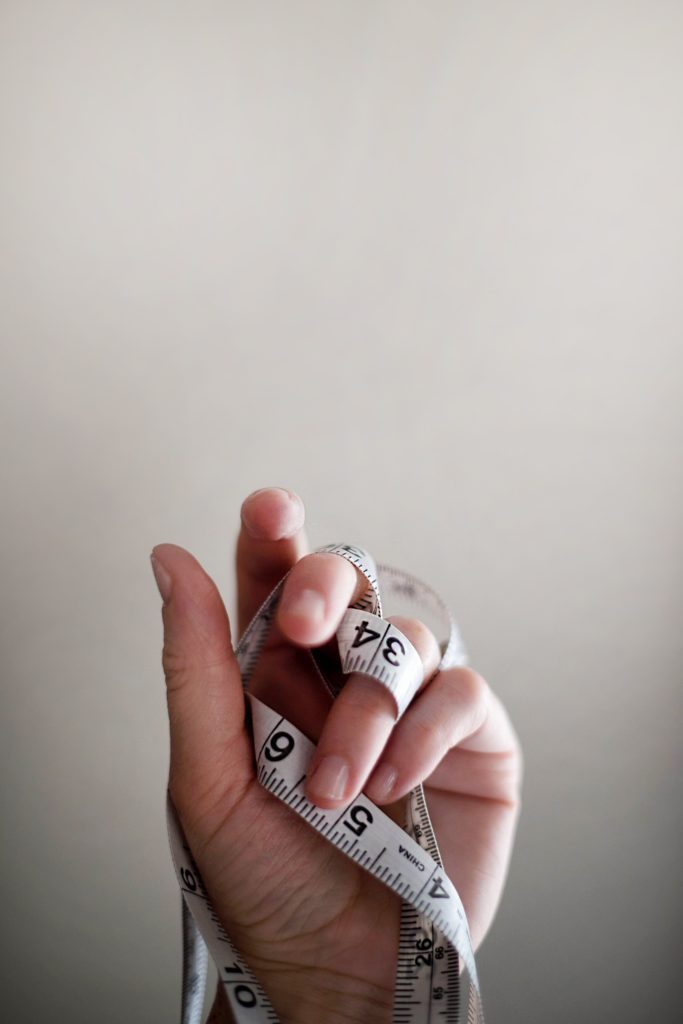
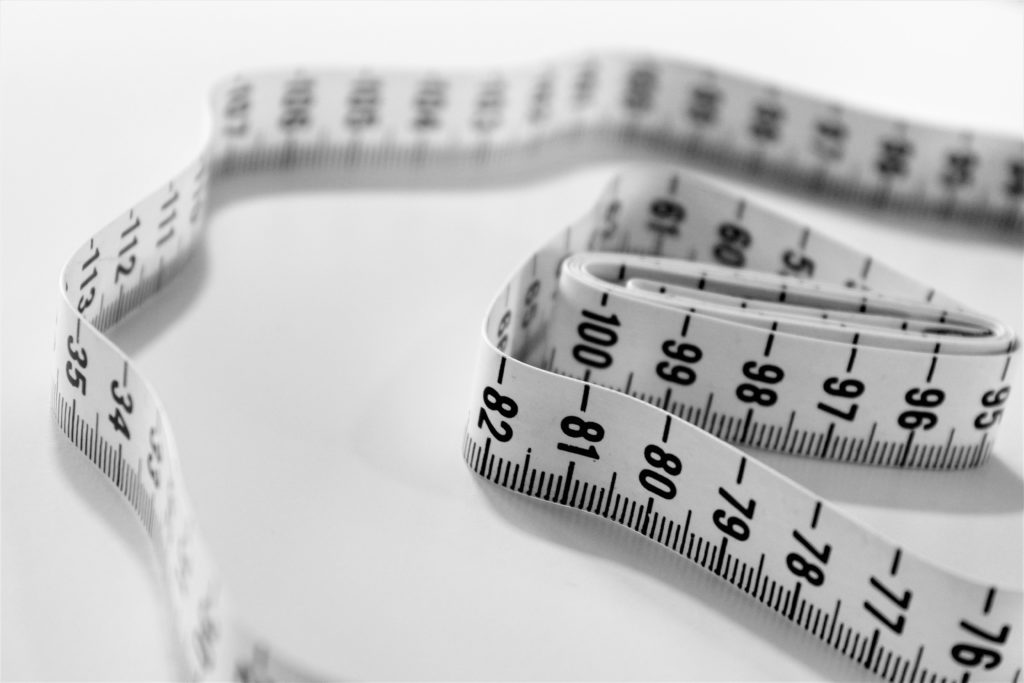



Just found you via Pinterest. I enjoyed this article, so thank you!
Thank YOU, babe!!